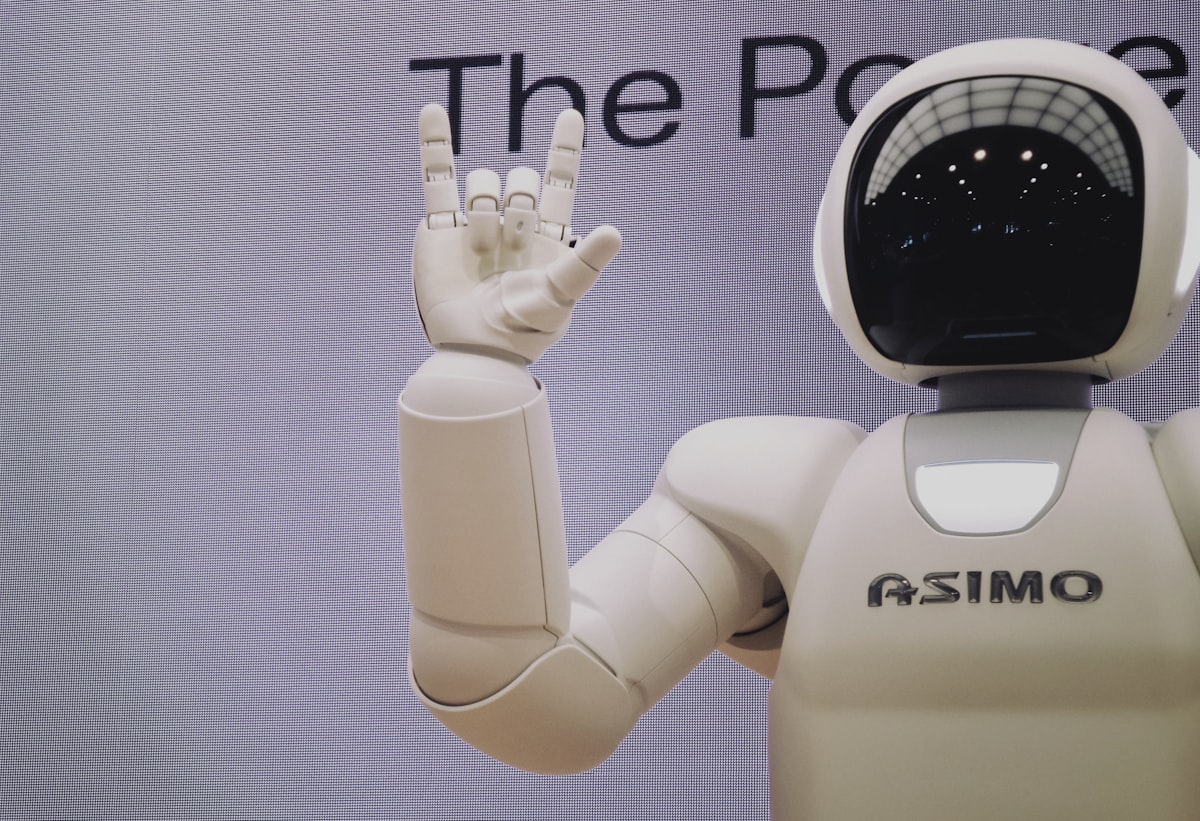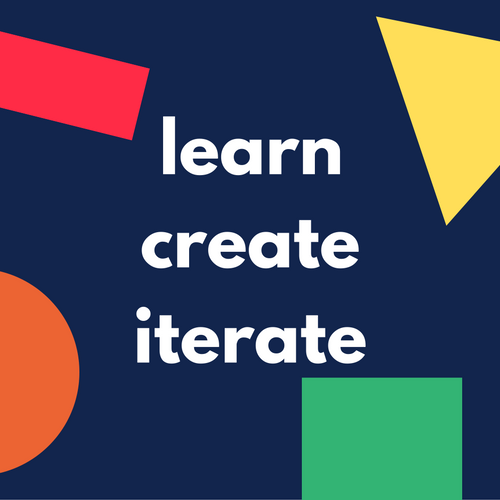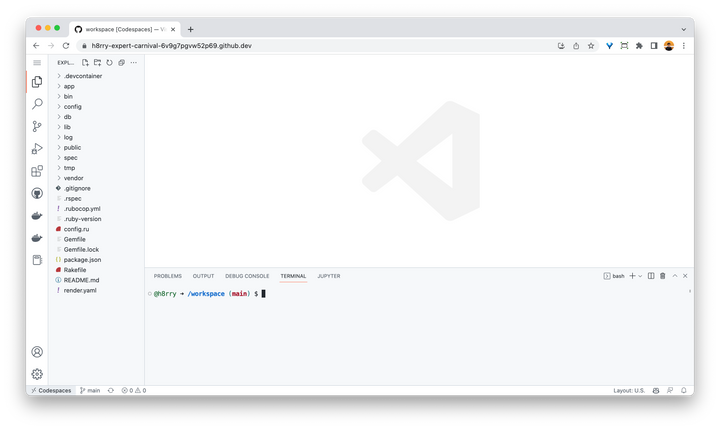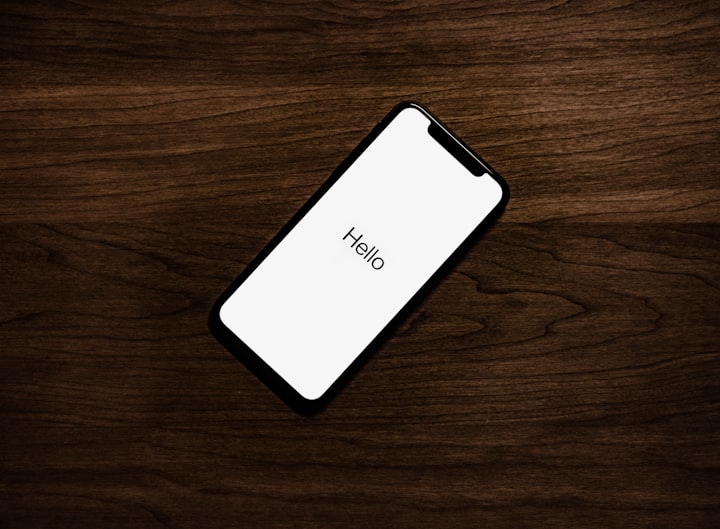The future of learning

Learning over Education
Siri, define “education”: the process of receiving or giving systematic instruction, especially at a school or university; an enlightening experience.
OK Google, define “learning”: the acquisition of knowledge or skills through experience, study, or by being taught.
It’s ironic that the definition of “learning” sounds more enlightening than that of “education”. We don’t need better education systems that continue to give learners systematic instructions. The current education system was developed during the industrial revolution to train workers on mindless tasks. This system has been structured to make an easier life for teachers/professors and institutions to train robot-like workers. Modern lectures in universities are essentially monologues, where one speaks to a few hundred people with little or no interaction. Students are often assessed by exams in the mundane forms of multiple choices, T/F and alike.
Learning is the act of constantly experiencing new phenomena on which generalizations and conceptualizations are deployed and applied to future creations. One can hardly seek novel and profound phenomena from systematic instructions and exams. Rather, it’s much easier to discover interesting phenomena while doing something fun and enjoyable. Lessons are best acquired through trying and best utilized through creating.
Creations over Tests
The current education system has encouraged students to study for grades, often computed in GPA, instead of trying new things and taking risks. Students barely create or build something out of their obtained knowledge and skill sets. The act of creation has been systematically undermined while that of consumption is being promoted to infinity.
The metrics on learning outcomes should be based on the ability to learn, create and iterate. One should be evaluated on what one can create. And, if such creation is considered a failure, the evaluation should then be on one’s ability to fix and iterate. Creations can come in a variety, like essays you write, songs you sing, and machines you build.

Tests, especially standardized tests, are set out to screen students in the most efficient way possible by expecting students to give the one and only “correct” answer in spite of the event of multiple possible answers. The morality and integrity of such tests are questionable.
A famous example is the Barometer Question — “How do you use a barometer to measure the height of a building?”. The teacher was expecting the correct answer to be “the height of the building can be estimated in proportion to the difference between the barometer readings at the bottom and at the top of the building.”, but the student provided a different, yet correct answer: “Take the barometer to the top of the building. Attach a long rope to it, lower the barometer to the street, then bring it up, measuring the length of the rope. The length of the rope is the height of the building.”
Steve Mann (the father of wearable computing and an MIT Media Lab grad) embraces the power of creation in learning. His college course has no assignments or tests, but it requires students to come up and build a novel project every week (one of my projects here). The course also only has one final exam just because the university requires it.
In the era of mass content consumption enabled by smartphones, the act of creation has actually been made easy. You can shoot a movie and upload it to YouTube right on your phone. You can write and publish this blog on Medium’s iOS app.
Creating requires one to iterate, edit, keep trying and never give up — the very qualities that universities try to teach but fail to achieve. Perfection is done through countless revisions and iterations. Trial and error is an unavoidable part of learning, but, for many students, the idea of failing is overwhelming in a traditional school setting.
The act of creation guides one to do more and learn more. Exams misguide one to study for the least possible (only study for what’s on the test, remember?).
Affordability over Exclusivity
Learning should be affordable and accessible. Universities like Harvard and Berkeley cost 30k to 50k USD a year. A 3-month full-time coding bootcamp typically costs 10k to 20k USD. These institutions have great track records of producing some of the best talents because 1) they already attract tons of existing talents 2) they have human (renowned professors) and money 3) they create a network of talents. But, these institutions are inaccessible as these opportunities are only offered to a small set of people when they can afford the tuition.
We should work towards a goal where everyone can have access to the brightest teachers and mentors for any subject and interest. If we can level the playing field in learning, we can directly help solve educational inequalities and indirectly influence other social inequalities.
What about online courses?
Back in 2011, MOOC (Massive Open Online Courses) was hot. The idea that anyone can learn from anywhere in the world at any time is exciting and revolutionary. The leading site is Coursera, where Andrew Ng famously got 100k+ students to sign up for his Stanford Machine Learning course. Since then, many big platforms have emerged — Code School, Udemy and Udacity. But MOOC’s completion rate has always been low, 5–15%. Some compare MOOCs to textbooks because online courses are mostly content in online video forms without interactions and engagements.
MOOCs haven’t achieved the level of impact and the potential it has promised. The primary suspected reason is due to the lack of human interactivity that in-person classes offer.
What online learners hate:
- My question never gets answered (getting stuck)
- No feedback on my learning progress (no way to optimize to learn better)
- No one encourages me to push harder (lack of psychological priming; no peer support)
If it takes 3 to 5 days to get a question answered, most students will get discouraged to continue on the course. And, when they do get discouraged, no one bothers to get them back on track either. Learners crave in-person learning experiences online.
The future state of the art of online courses
There should be 3 stages in the development of online learning:
- First Stage: online curriculum (videos) by world-renowned teachers; accessible by the public for free; self-paced; asynchronous
- Second Stage: online office hours; peer-to-peer support network; responsive Q&A; projects reviewed by peers and mentors; synchronous
- Third Stage: portfolio-based “resume”; seamless job matches
All MOOCs emphasize self-paced learning (asynchronous learning), for the better, because people can learn based on their own timeline and schedule constraints. But, people also learn in communities, not isolation. To optimize for the best learning outcomes, future online courses will have to incorporate both asynchronous and synchronous components in learning.
Each online course has a cohort program, so a batch of students start and finish learning at the same time. Cohorts allow students and teachers to meet online face-to-face via video conference to maximize feedback (a live video chat worth a million words). All assignments and projects have deadlines. Each piece of creation will be reviewed by not only teachers but also classmates. Cohorts create a community to provide help and hold each student accountable. AltMBA (by Seth Godin) has experimented with an online synchronous 4-week MBA cohort-based courses with projects, peer reviews and more, which has a stunning 96% completion rate.
The act of asking is a huge part of learning. When stuck, students need to be able to get answers in a short time (ideally within 30 minutes). A Q&A platform needs to be optimized to solve students’ questions in a minimal time. No one goes to a Q&A platform if questions are never answered there. A database of well-curated and frequently asked questions helps minimize human resources and the time to find answers.
Curriculums and learning materials should all be free and open to the public. Each piece of curriculum content should be designed and delivered as a “knowledge unit”, where each knowledge unit is short, informational and digestible (RailsCast offers great short clips on Rails practices). With such a knowledge delivery system, the curriculum becomes modular by minimizing duplicates of teaching materials. Teachers can share materials with each other and construct lesson plans like LEGO blocks.
“The transcript coming out of engineering school should essentially be the things that you’ve created,” — Salman Khan (founder of Khan Academy). Projects students have created will become an online portfolio open to employers. Portfolios are live and evolving resumes that will replace traditional resumes.
“Education is the most powerful weapon which you can use to change the world” — John Dewey
At Altcademy, we are experimenting with many of the learning methodologies described above. If you are interested, check out our online programs and leave us feedback and comments below.




